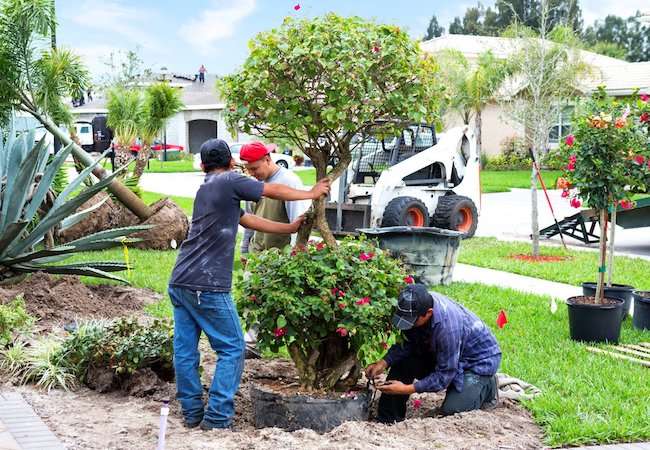We may earn revenue from the products available on this page and participate in affiliate programs. Learn More ›
Plan for Success
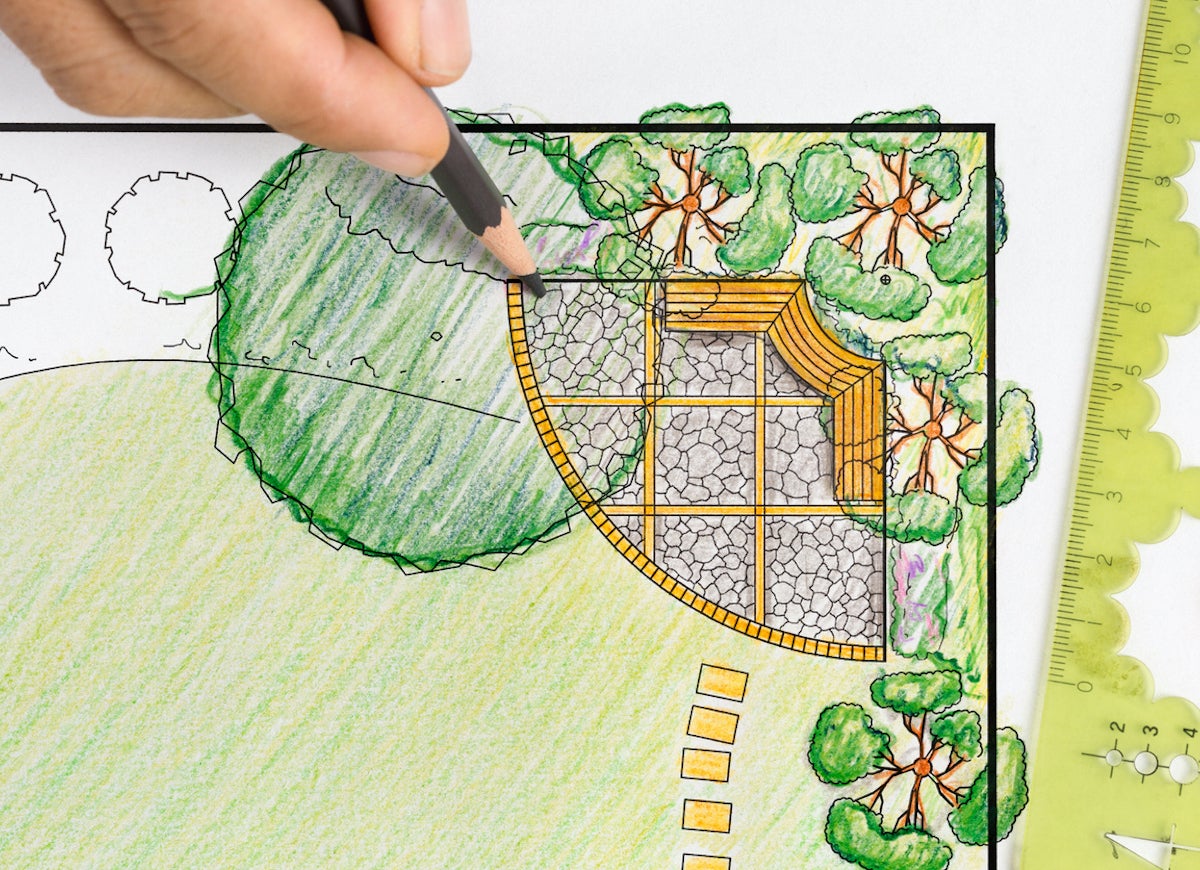
Good landscape design can add up to 20 percent to your home’s value, so it’s no surprise that poor exterior choices can have the opposite effect. When preparing your home to sell, it’s important to consider features that might have a negative impact on potential buyers. In addition to these features, “poor planning, bad material choices, or lack of a cohesive project can all negatively impact home value,” says landscape architect Gregg Spadaro, of LAND Identity in Westfield, New Jersey. “Approaching landscaping without a plan is like building something from Ikea without an instruction manual,” he says. These considerations will help you create a landscaping plan that maximizes your selling potential.
Weeds and Overgrowth
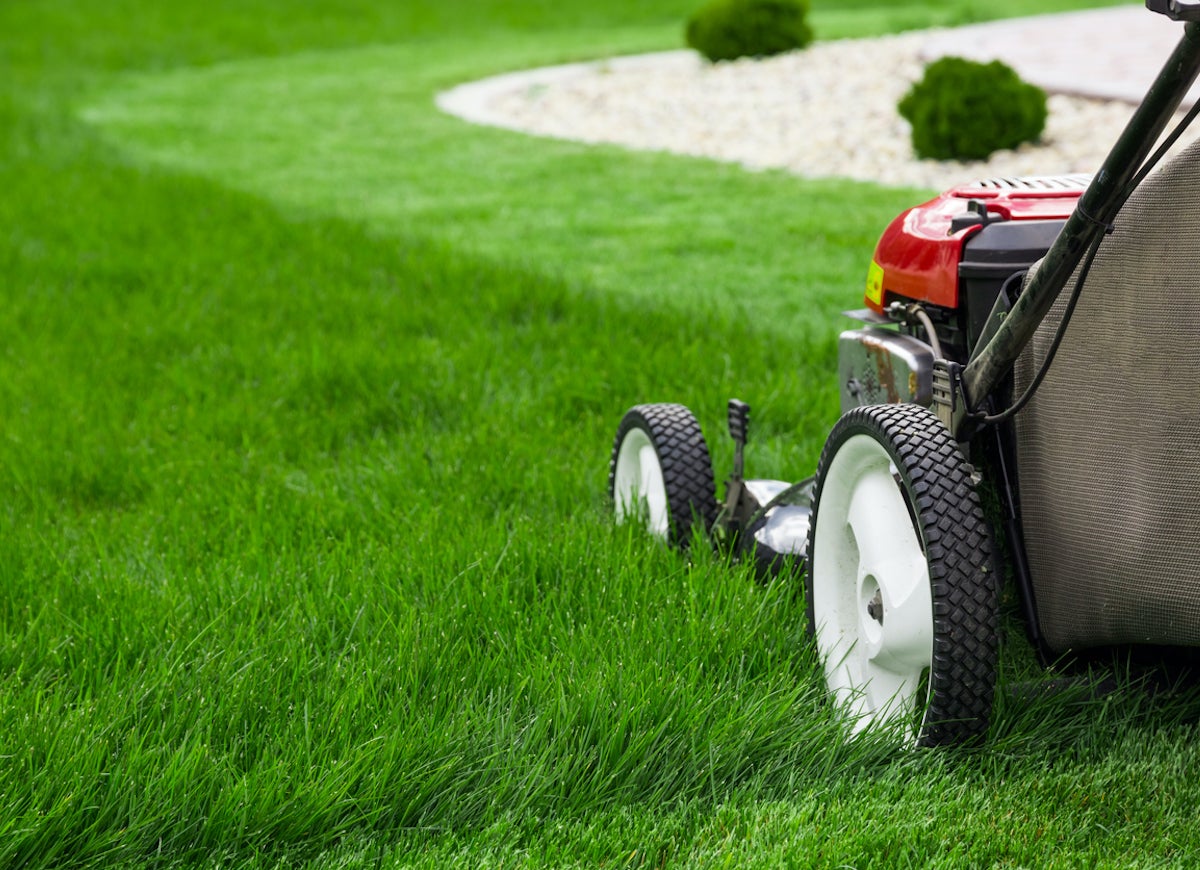
In a recent report from the National Association of Realtors (NAR), 99 percent of their participating members said they believe curb appeal is important in attracting a buyer. Overgrowth of grass, weeds, shrubs, and trees can negatively impact a buyer’s first impression. Standard lawn-care service and landscape maintenance topped NAR’s chart for the most important investments for preparing your home for resale. This includes simple items like regular mowing, pruning, and annual mulch application.
Sloping Yards
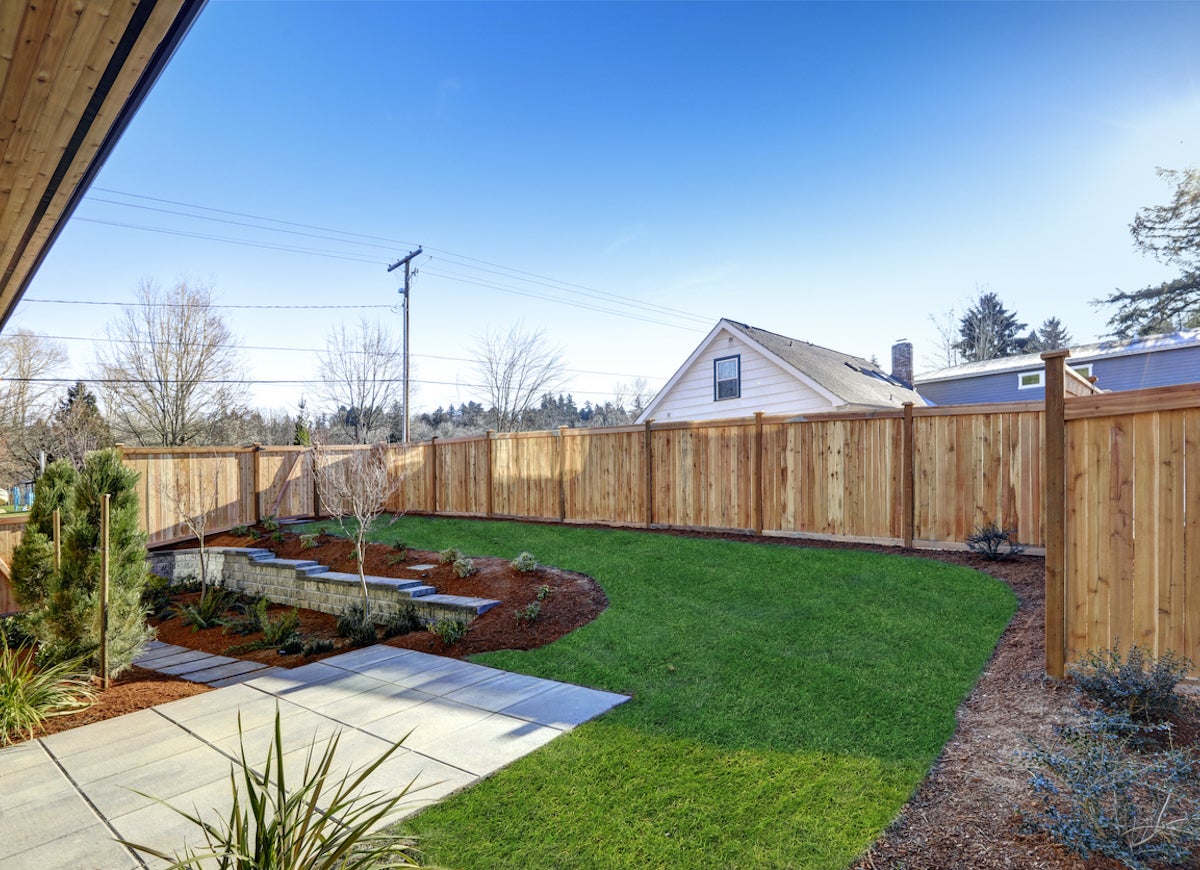
A house on a hill or sloping yard can deter some shoppers, especially those with children looking for safety and space to run around. “Buyers want open space and level yards, and adding retaining walls that help achieve flat yards are one of the most expensive exterior improvements,” says Spadaro. Erosion is another consideration for this type of property and if the slope pitches toward the house, you will also want to consider drainage and stormwater management.
Too Many Trees
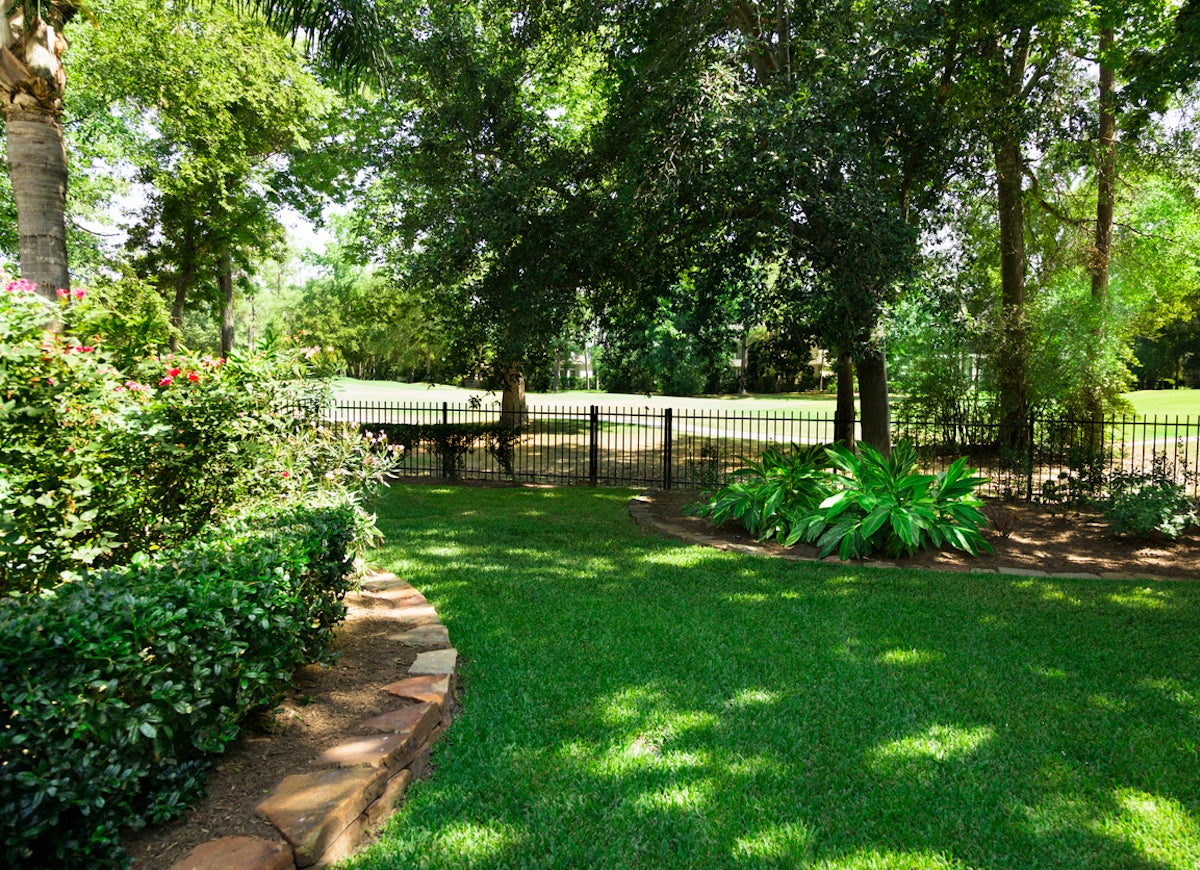
Though the idea of living among big beautiful trees can seem idyllic, a forest-like landscape might actually detract from your home’s value. “Too many trees close to the footprint of the house put you at risk for storm damage, while a lack of open space is a drawback for families with young children,” says Spadaro. Other things to avoid are dead or dying trees and poorly placed ones, either too close to the home or to other trees, shrubbery, or fences.
Disjointed Design
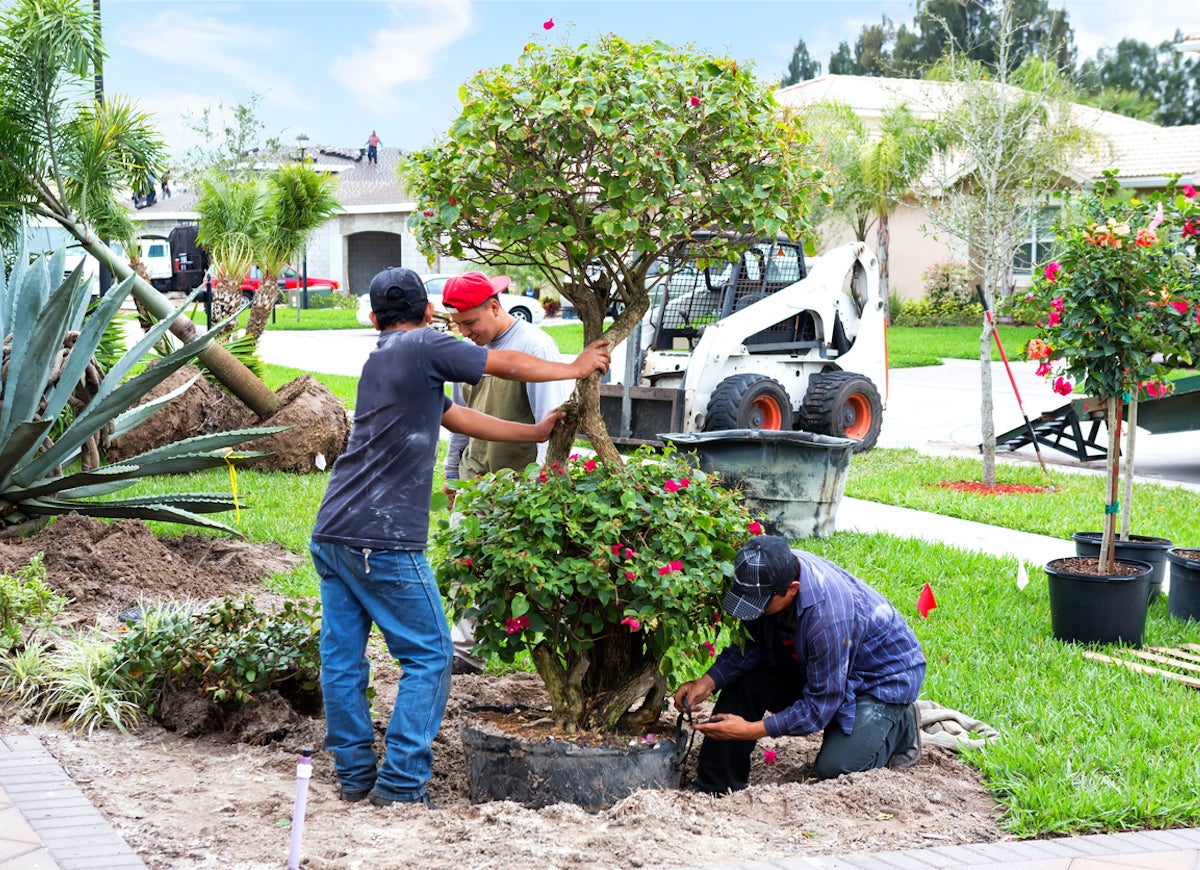
If your approach to landscaping is piecemeal, doing a little here and a little there, your property might be left looking disjointed. This is where it helps to hire a pro to create a plan based on your desires and to balance size, color, texture, and scale. “This is what we went to school for,” says Spadaro. “Not having a cohesive master plan is the biggest mistake homeowners can make,” he adds.
Related: 20 Landscaping Mistakes That Make Home Buyers Walk the Other Way
Rotting or Failing Deck or Patio
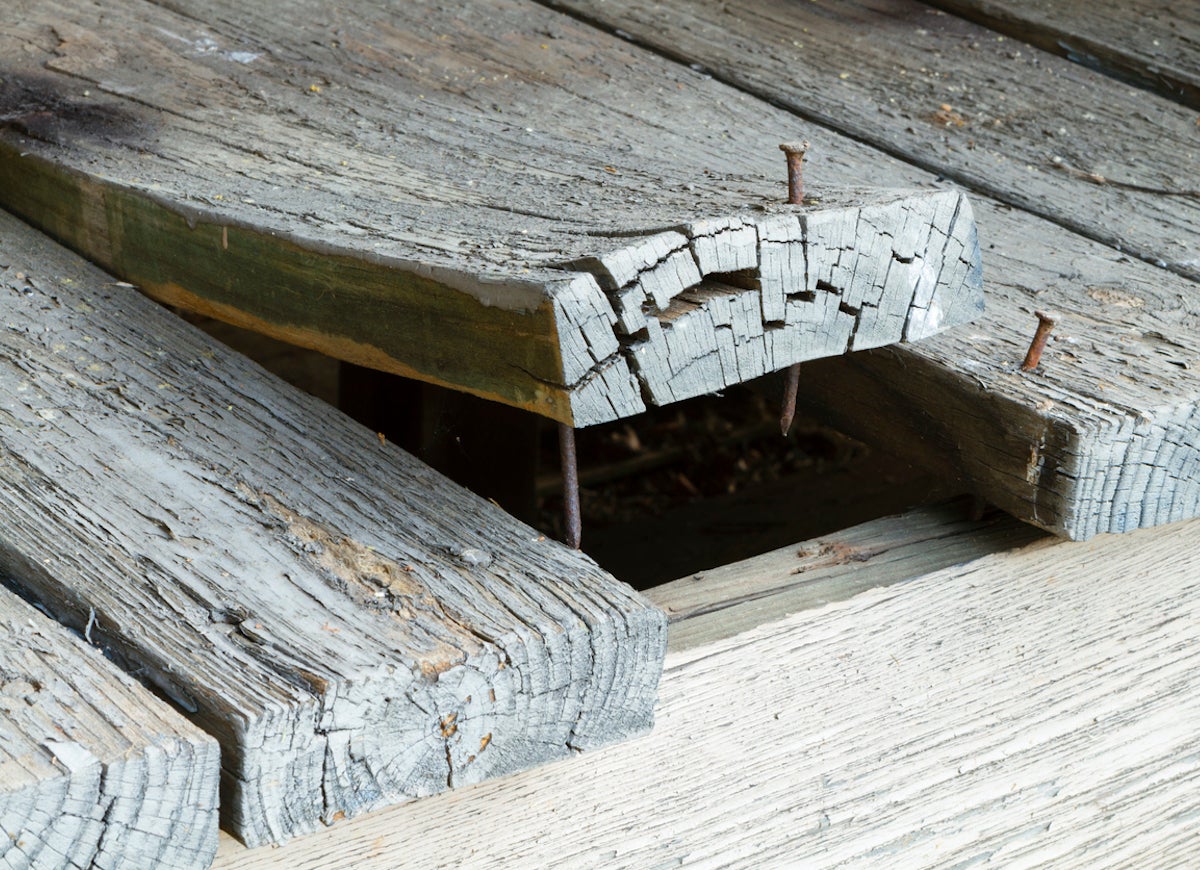
A nice deck or patio certainly can add to the value of your home, but it can easily go the other way if not maintained. Rotting or broken wood on a deck can make it unattractive and unsafe. Improper sealing and waterproofing can result in rot, which might later cause mold and pose issues during an inspection. A cracked concrete patio also can be an eyesore, especially if weeds start sprouting through the openings, and uneven surfaces can be a tripping hazard.
Koi Ponds
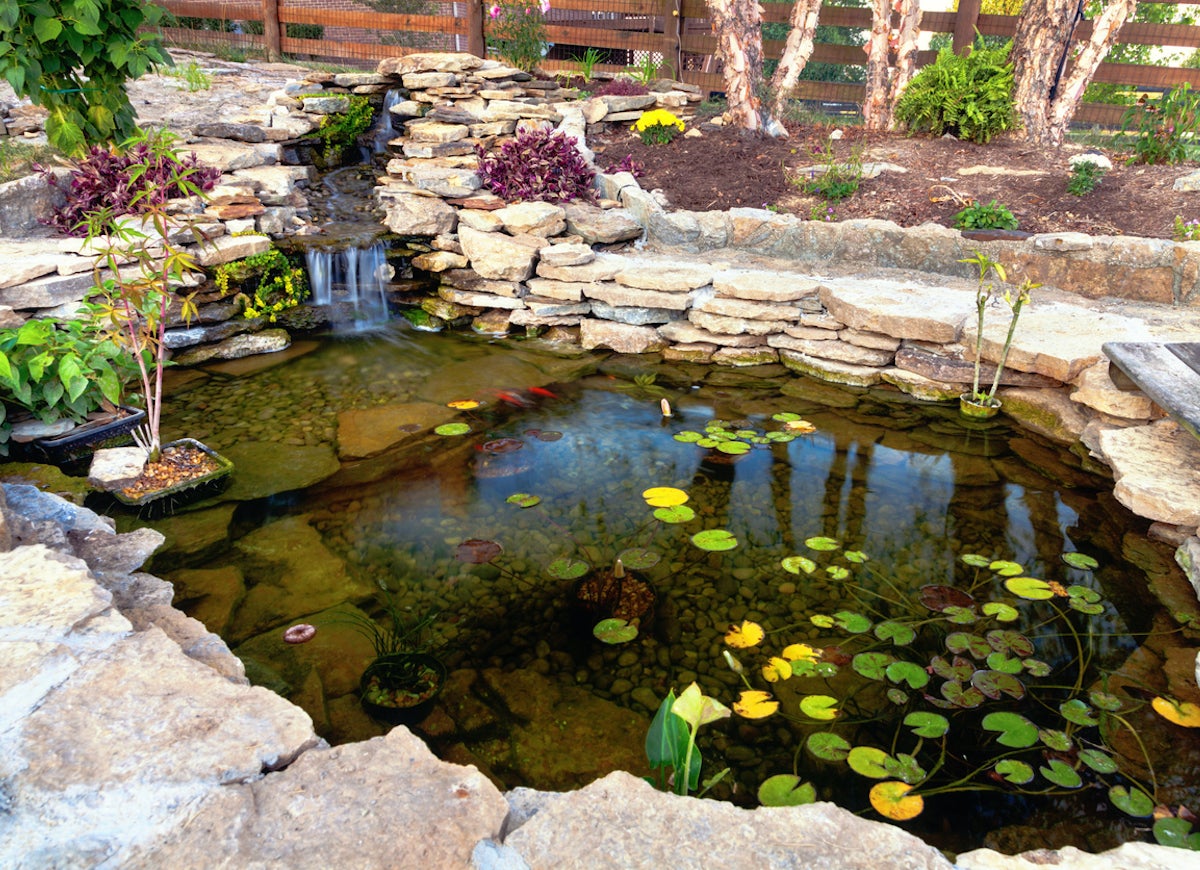
“Water features can add that extra touch to make a property really stand out,” says Spadaro. “However, some of these features lead to continuous maintenance that many of my clients do not want to take on or pay for,” he says. Koi ponds, especially large ones, can require costly maintenance and turn into an eyesore if left untouched. Spadaro often recommends pondless water features to add soothing sound or to camouflage noise from a nearby roadway.
Big Budget Custom Features
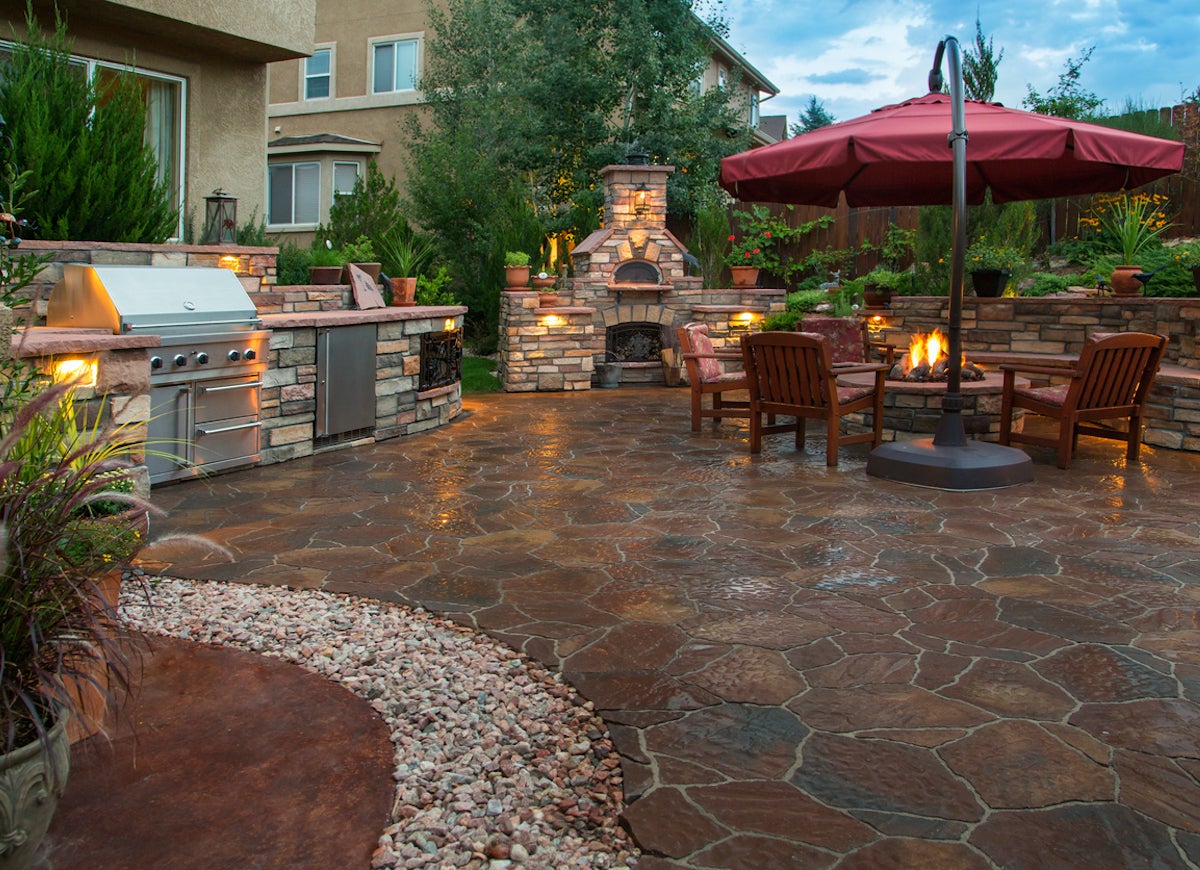
Custom projects like a pizza oven or built-in fire pit, though enticing, can cost a lot and might not give you a good return on your investment. “Spending your entire budget on one specific feature can leave you with an incomplete landscaping project,” said Spadaro. Also, the more niche your project is, the less universal appeal it will have to buyers.
Visible or Inefficient Irrigation Lines
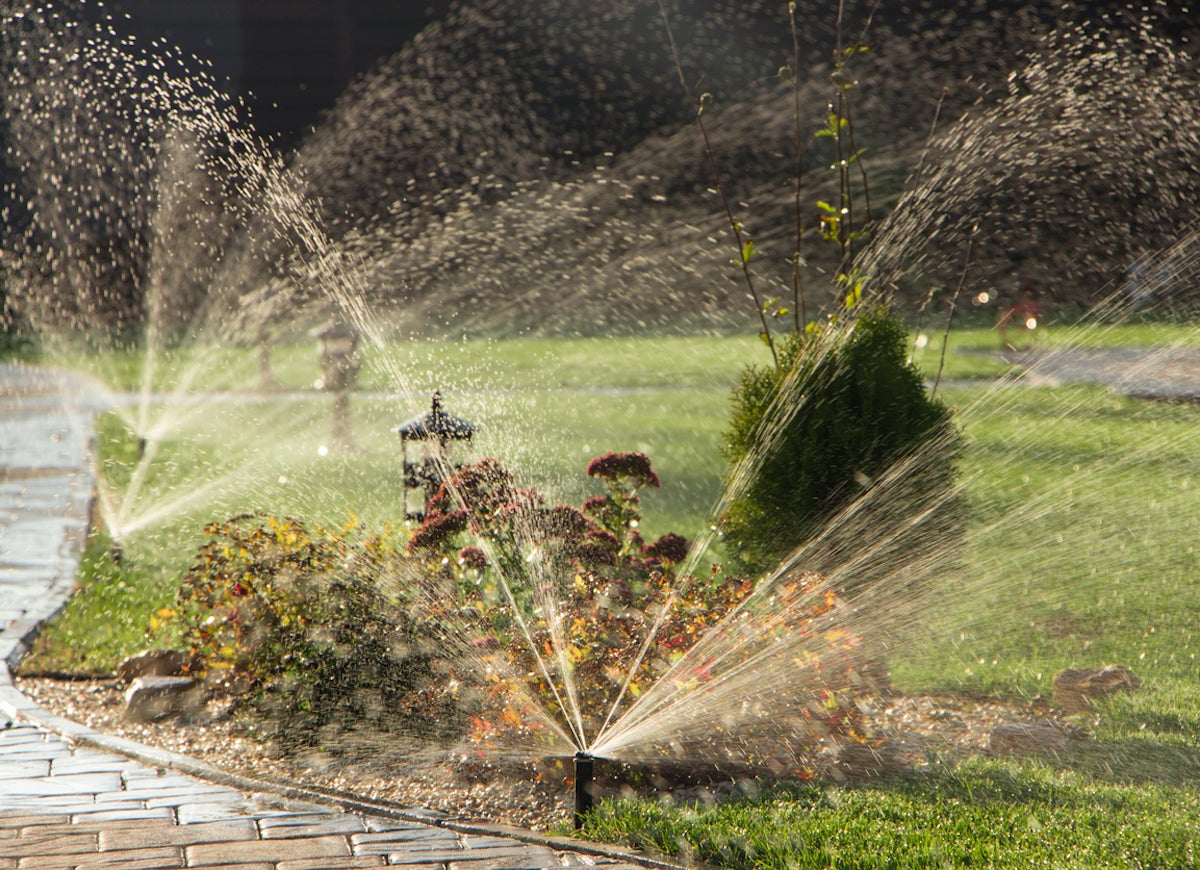
Although a well-designed and efficiently installed sprinkler system can add to your home’s value, alternatively, a poorly designed one can detract from it. Improper design might include visible lines or poor functionality. An example is failing to take into account the varying needs of plants in a landscape, which, in the long run, will affect plant longevity and curb appeal.
Too Much Concrete
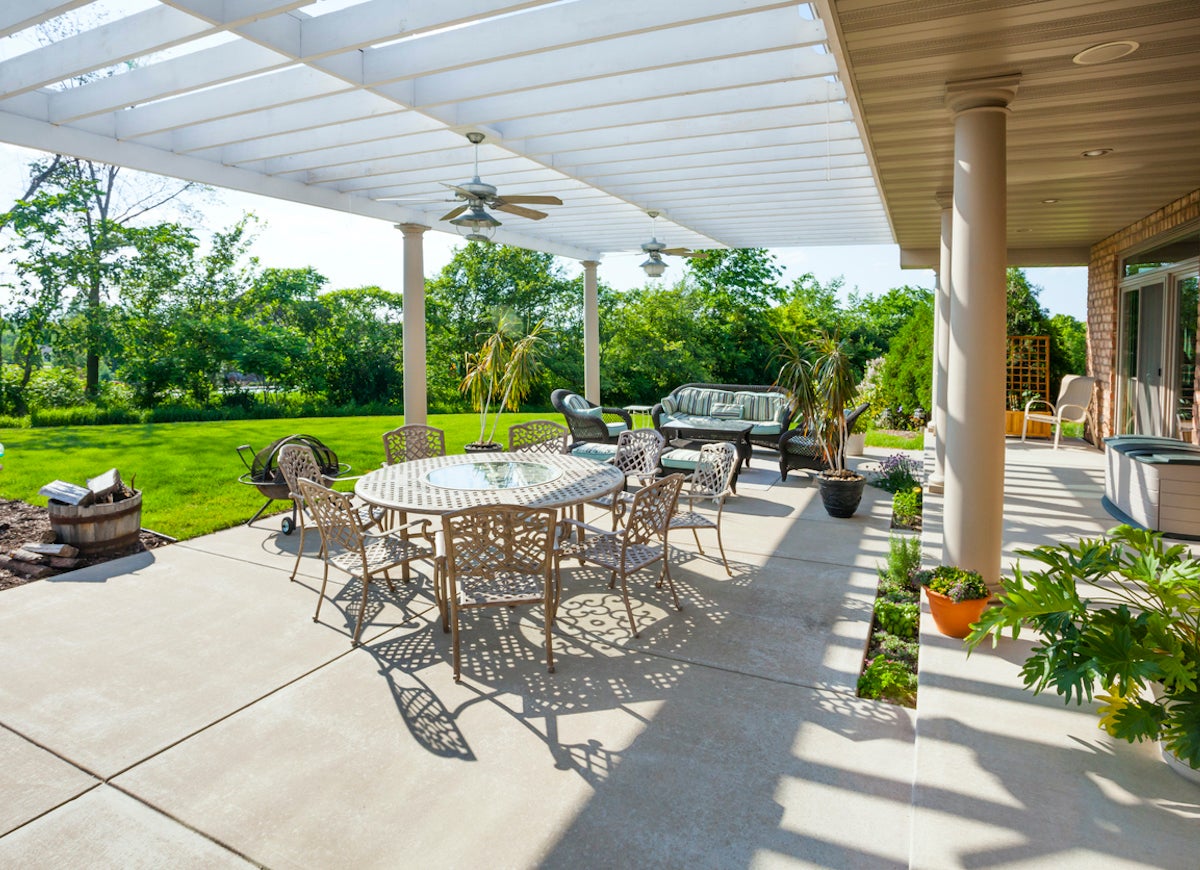
It’s important to balance the materials in your yard. This is another area where a pro can help. Spadaro advises homeowners to avoid the concrete jungle effect. “It is okay to break up your monster patio with some softscaping, especially along the rear foundation of your house,” he says.
Overdoing Lawn Ornaments
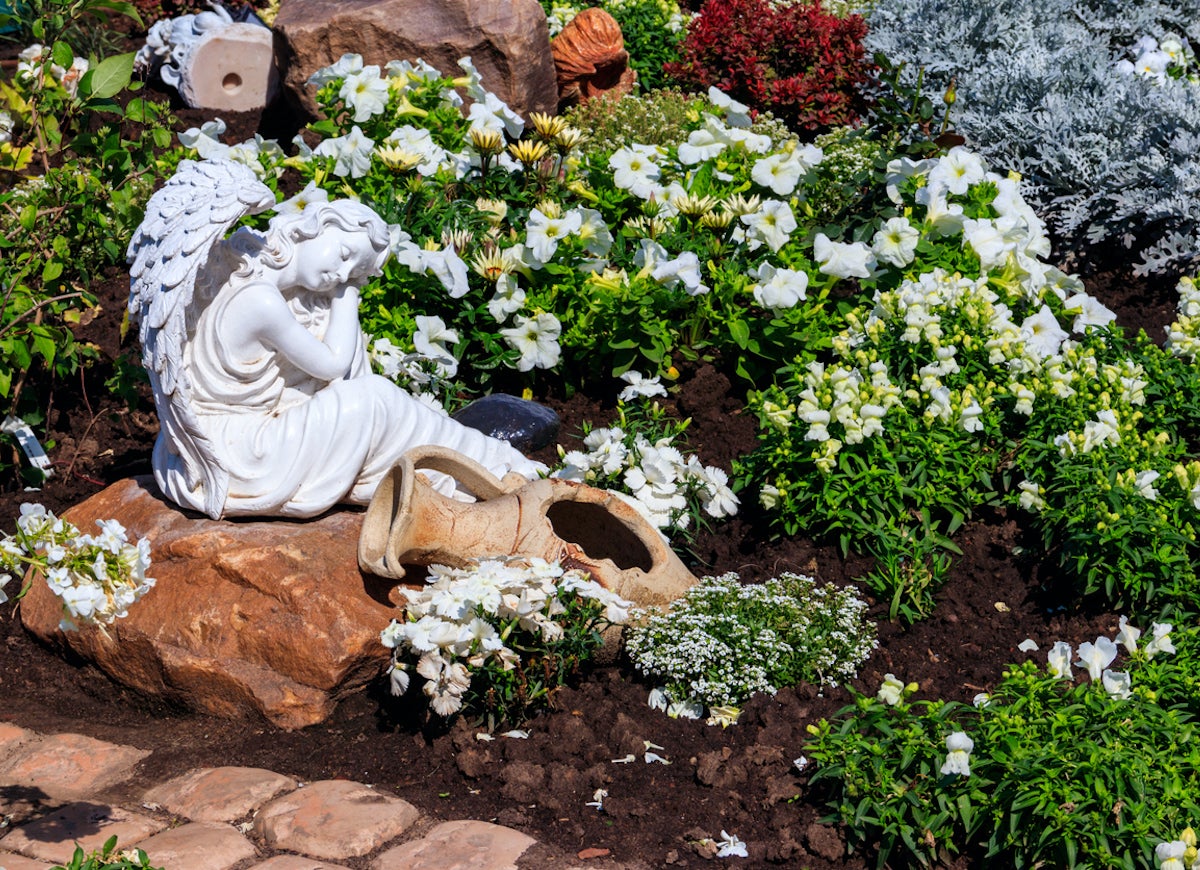
A well-placed lawn ornament, even a quirky one, won’t hurt your home value. However, a whole menagerie of gnomes or animal statues can detract from the landscape and create an unkempt look. The same goes for too much color. Beyond one or two ornaments, leave the pops of color to the flowers and a few well-placed outdoor bench pillows.
Seasonal Plants
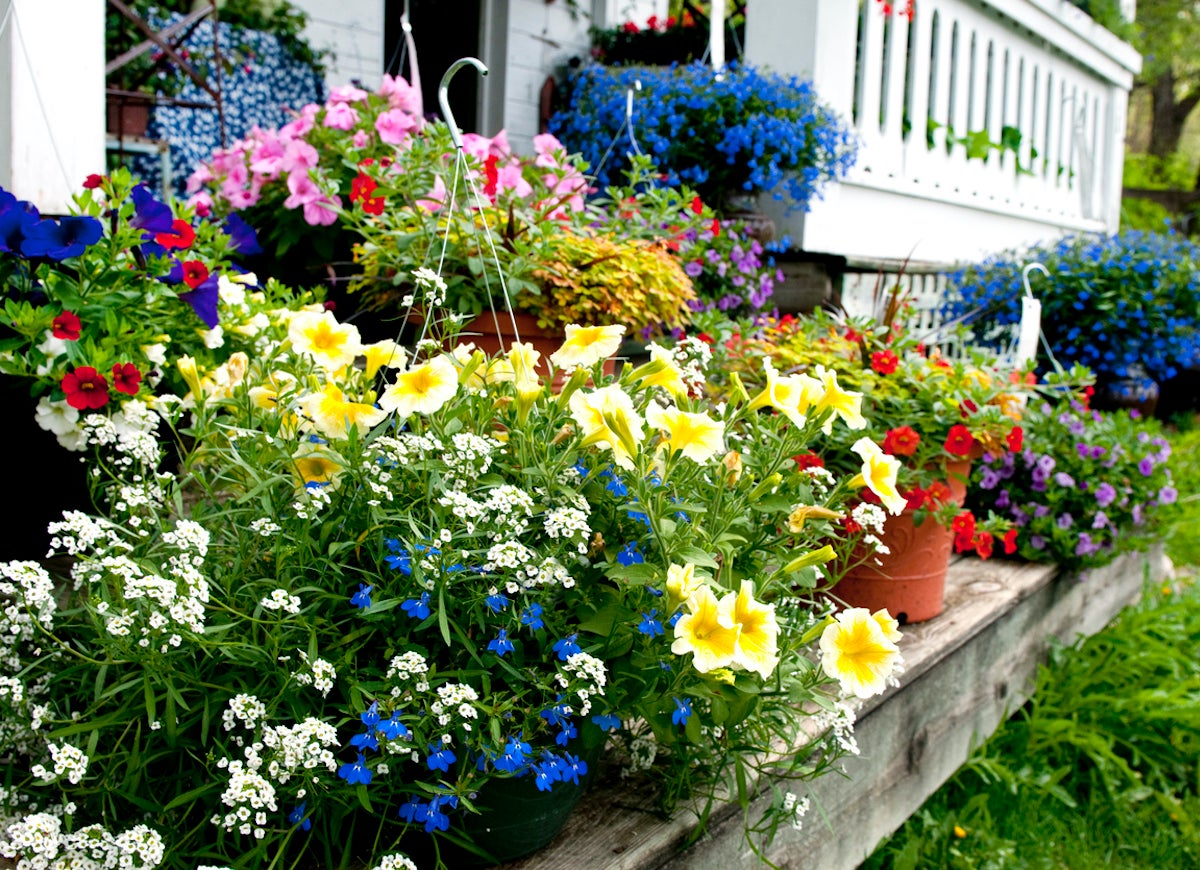
Though you might list your home during the spring when your property is in full bloom, the reality is that if it doesn’t sell quickly, it might still be on the market during the changing seasons. Making sure to balance your landscaping for different times of year is important, so the next time you’re at the local nursery, don’t just choose what’s in season—ask about year-round plants to keep curb appeal going strong as the weather changes.
Poor Lighting
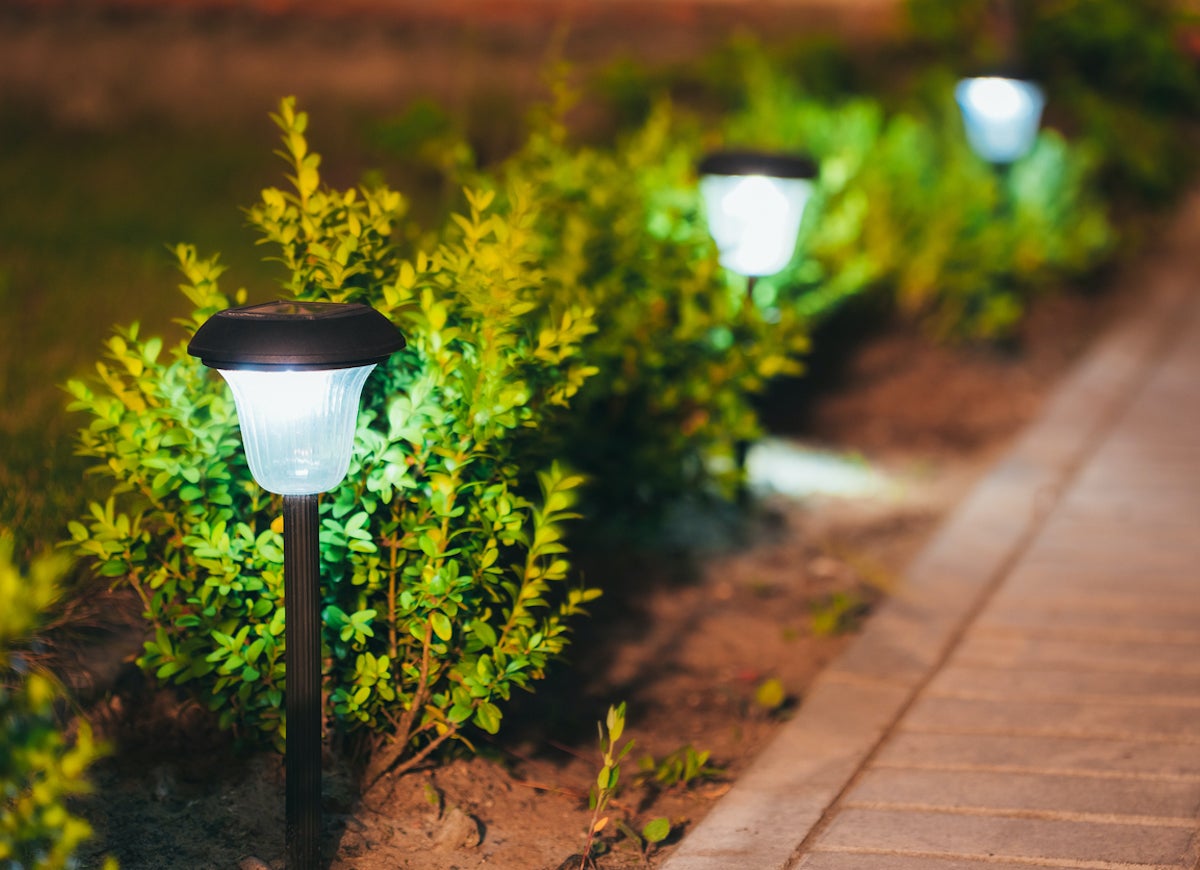
Landscape lighting is an opportunity to set your property apart. If you’ve driven around your neighborhood after dark, you’re likely to have noticed the homes that do this right. But don’t go overboard. Spadaro says he cringes every time he sees a front walkway with lights that are evenly spaced on both sides. “I call this the runway effect, because it looks like the tarmac at the airport,” he says.
Leaking or Outdated Pool
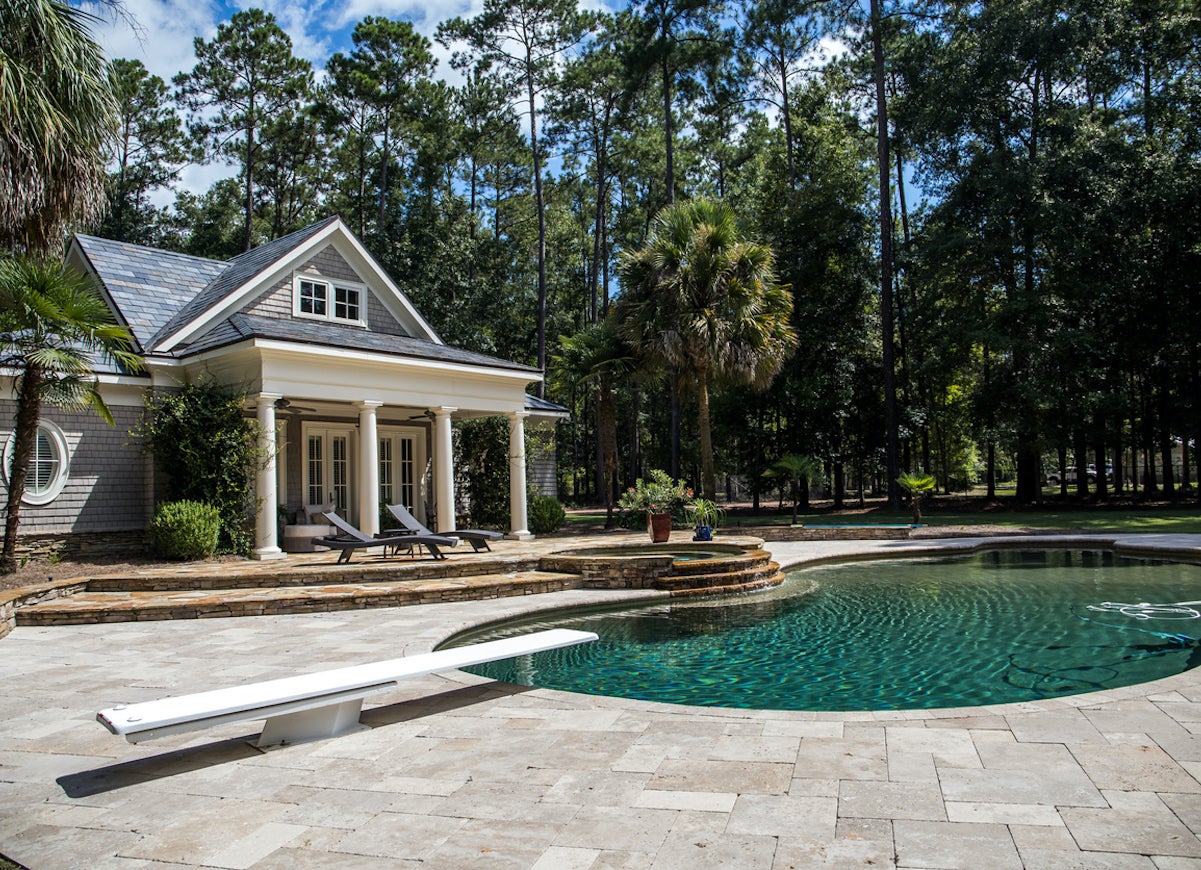
Pool repairs can tank a landscaping budget, so it’s important to weigh your options. If you are selling a house with a defective pool, you can either disclose it and price the home accordingly or have it fixed before listing it. If you’re considering purchasing a home with a pool, it would be wise to get a professional pool inspection first to avoid surprises later. If it’s an old pool, it might help to update both the surround (hardscape area around the pool) and functionality before listing your home.
Related: How To: Build a Pool
Poor Drainage
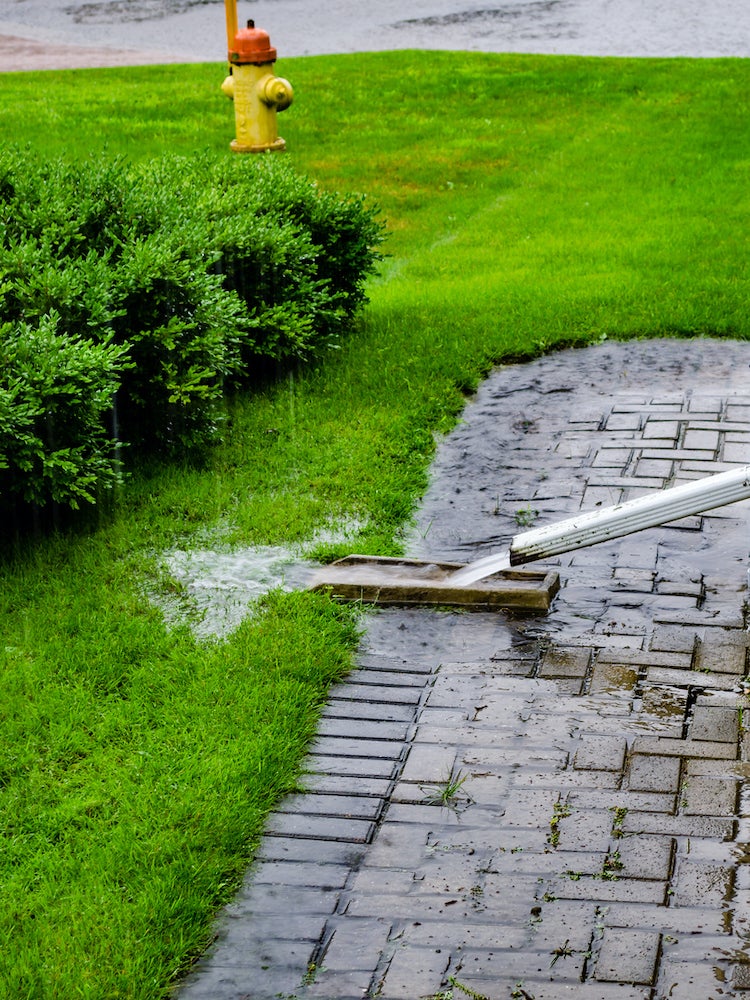
Poor drainage on a property can cause both safety risks and a suffering landscape that hurts home value. Standing water can make a yard unusable and attract mosquitoes and other pests. Any yard can look a bit swampy after heavy rains, but if you notice standing water on a regular basis, it might be time to pursue yard drainage solutions. Another thing to watch for is if downspouts on the house discharge too close to the foundation (less than 10 feet). Spadaro says, “This water can travel along the foundation of the house, get trapped, and then when the freeze/thaw cycle happens lead to structural cracks in the foundation wall.”
Seal the Deal
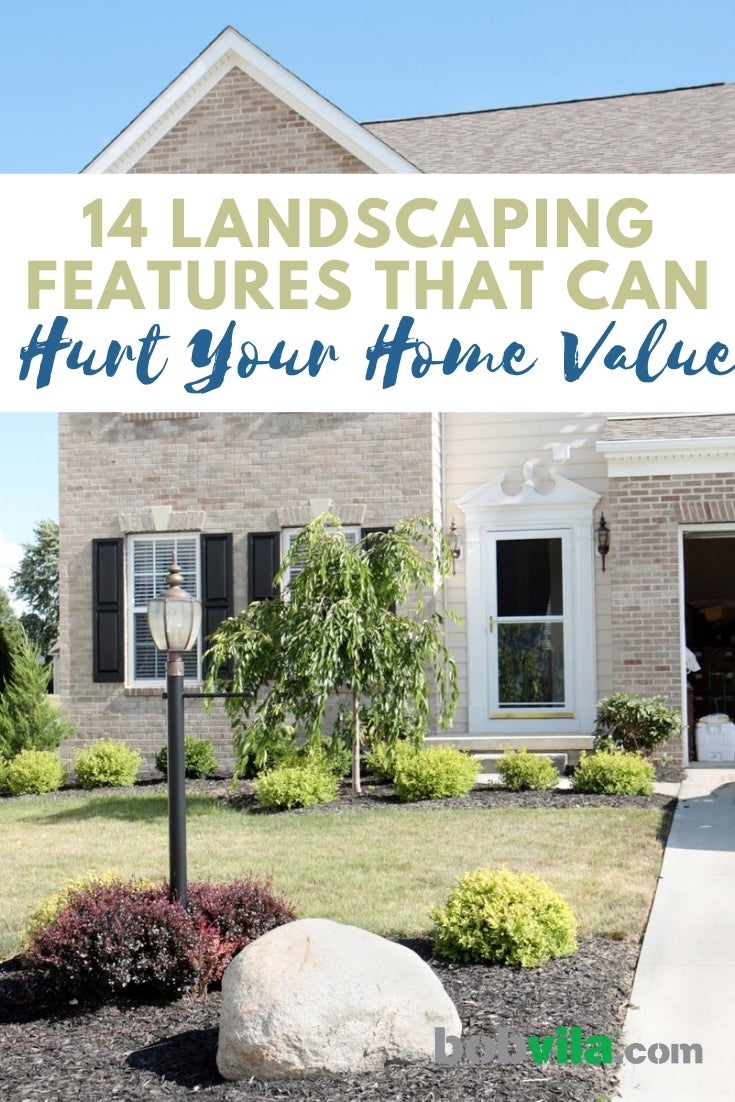
Whether you want to sell your house now or sometime down the road, remember that your home’s landscape can help–or hurt—the value of your house.

Our Best Advice for Beginner Gardeners
We’ll help you set up your first garden—whether that’s a few pots on your patio, a raised bed, or an in-ground plot out back—and select the right plants for your soil and region.

